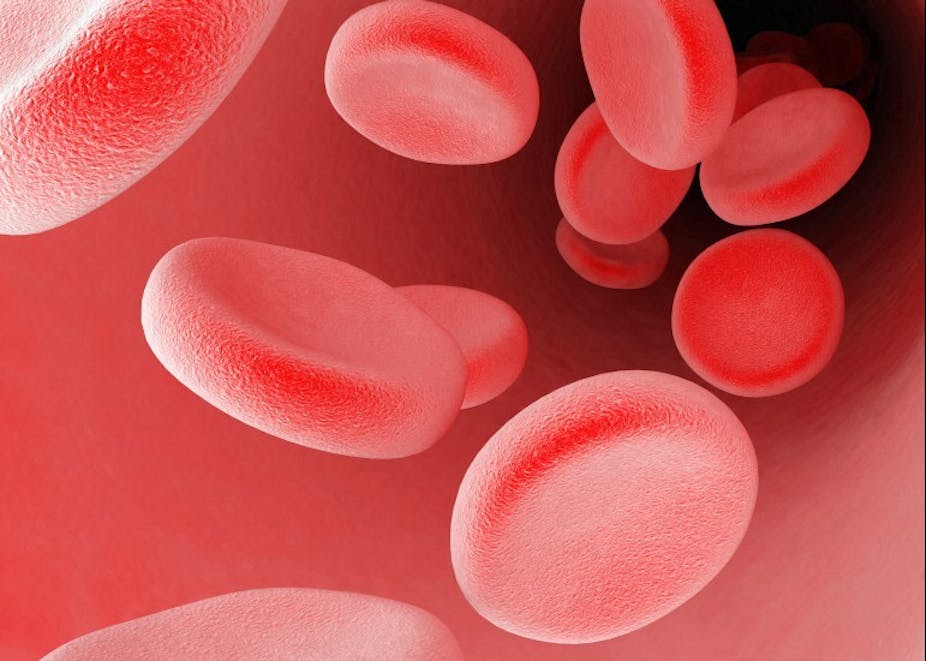Scientists have unlocked the mechanism that helps kill the blood vessels that supply hard tumours, such as those found in lung, bowel and breast cancer patients.
A special molecule, called Bim, is programmed to induce death in cells that are bad or no longer needed in our bodies.
But solid cancers produce a hormone-like protein that deliberately stops production of Bim in the cells that line the tumour’s blood vessels, thereby preventing Bim from killing the blood vessels that supply the tumour.
“We found the mechanism by which the cells that make up the blood vessels that feed growing solid tumours are killed by certain chemotherapeutic drugs that are currently in use,” said Dr Andreas Strasser, a member of the research team that made the discovery at the Walter and Eliza Hall Institute’s Molecular Genetics of Cancer and Cancer and Haematology division.
Their discovery will help inform what chemotherapy drugs should be combined to attack both the tumour itself and kill off the blood vessels that feed it. For example, one drug could fight the tumour directly, while a second drug could mimic Bim or encourage the production of more Bim in tumour blood vessels.
“So you get more bang for your buck. You get this double whammy effect,” said Dr Strasser.
The finding was published online in the Journal of Experimental Medicine.
The research was funded by the Cancer Council Victoria, the National Health and Medical Research Council, the Australian Research Council, the US National Institutes of Health, the Leukemia and Lymphoma Society and U.S. drug company, Genentech.
“We are very excited about this discovery but, at the same time, for it to ultimately result in better therapies, it has to jump through a very large number of chemical trials and assessments and regulatory hurdles,” said Dr Strasser. “One always has to be cautious not to sound sensationalist about it.”

